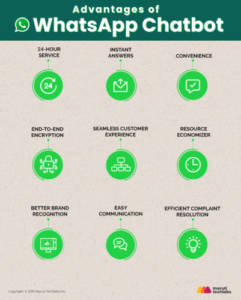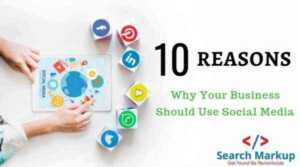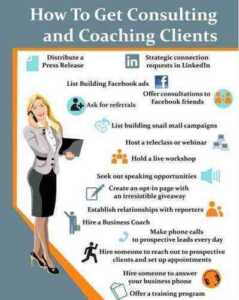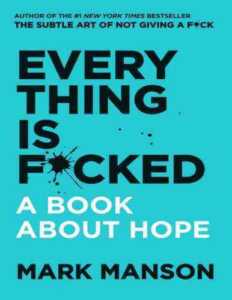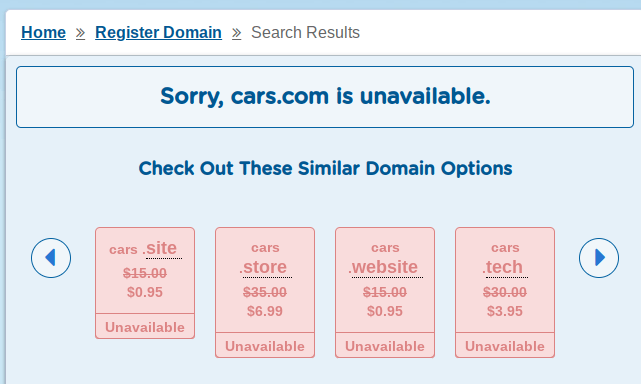Today I share with you some powerful tips to prepare an impact quote that attracts sales and good business.
A quote is one of the sales tools usually less used by entrepreneurs since many downplay the function of contributing and doing it effectively.
A quote is usually the first impression that the client will have in relation to your company and hence a impact quote it can make the difference between selling and not selling.
What information should a good quote carry?
In a quote you can put everything you want. You can describe all the details of your product or service such as conditions, promotions, discounts, deliveries, etc. However, not all quotes should necessarily carry all the information, because in many cases, the client more than specific details, what you want is to have a first contact with your business and perceive details that inspire confidence.
So it is convenient to differentiate these 2 kinds of quotes:
- First contact quote
- Quote from regular customers
We will not delve so deeply into the second case since it refers to clients who are already in your portfolio and who are surely buying from you. To these clients if it is convenient to send them information, comprehensive, detailed and prompt.
The case that interests us most is that of section 1. The first contact customer. That customer who heard about your product, your company or service and wants some more information. That customer who is on the phone or who receives an email from your salespeople. That quote can make a difference, therefore, I recommend these tips:
- Send the quote as soon as possible. Nowadays, what customers like least is waiting. If your client has to wait 2 or 3 days for your information, surely when he arrives he will have already received the quote from your competition with greater pleasure. Make sure your company has a culture of listing immediately. 6 hours maximum is a reasonable time.
- Prepare a format for your quotes. Brainstorm with your collaborators to create a unique quote format that everyone can use. This format should have an excellent image of your company, logo, colors, email, website and contact information.
- Send information and characteristics. Depending on the type of product you are quoting, it will be convenient to place its characteristics and broad details. For example, if they are medium-cost products, such as computers, toys, spare parts, gadgets, vacation packages, etc. it is strategic to place everything that is included to attract your customer’s attention. On the contrary, if they are high-priced products, such as houses, vehicles, heavy machinery, etc. It will be convenient to focus more on the offers and promotional details that attract your attention to a visit.
- Highlight promotions and offers. Any quotation owes to your client through a “special” offer or promotion that should always exist. Phrases such as “on your visit ask for a special discount” or “Take advantage of unique seasonal prices” or “Ask your salesperson for your gift” can attract the customer to call and want more information or get them to visit your store. If you get a second call or visit, then you have a possible business on your hands.
- Clear contact information. Every quote must have a person in charge to contact. An interested client should be able to call immediately and receive more information about said quote. A good quote that they don’t have a way to follow up is an ineffective quote.
- Quote by different means. Today faxed quotes are the least required. The vast majority of customers use email and social media to find out. If you do not have these resources and skills in your business, it will be time to take a practical and quick course on using the Internet and email so that your company can expand your client portfolio. These courses are usually inexpensive so it will be a very profitable investment.
- Check the numbers well. A good quote must carry clear and consistent information. Therefore, prices, measurements, quantities and all numerical factors must be carefully reviewed so that the client can have confidence that what is being quoted is what he can really buy. A good tool for preparing quotes is Excel. It has many functions to make it formal, balance your numbers and protect your information.
- Do not submit your inventory of products in your quote. Many clients (and sometimes your competition) ask you for quotes to get an idea of your prices and your services. In this sense, many entrepreneurs make the mistake of wanting to conquer the customer by offering them the full range of products and prices in their quotation and then they send them 10 products with all their prices and characteristics. Big mistake. A quote, especially a first contact one, should not carry more than 2 or 3 basic and strategic products to capture the customer’s attention and get them to order more. If you send a list with all your inventory, it will only make it more tiring to read, interpret, confusing for your client and they may only be happy to know if it is your competitors who ask for it.
Finally and as an additional tip, always try to follow up on the quotes. It is not enough to send them. Hours later, your salespeople should pick up the phone, contact the customer and follow up on sales that are obviously looking to sell, which as we said at the beginning is the primary objective of quoting. If you send 25 quotes a month but don’t follow up, you’re just giving away your time and resources.
Others tips to sell more:





